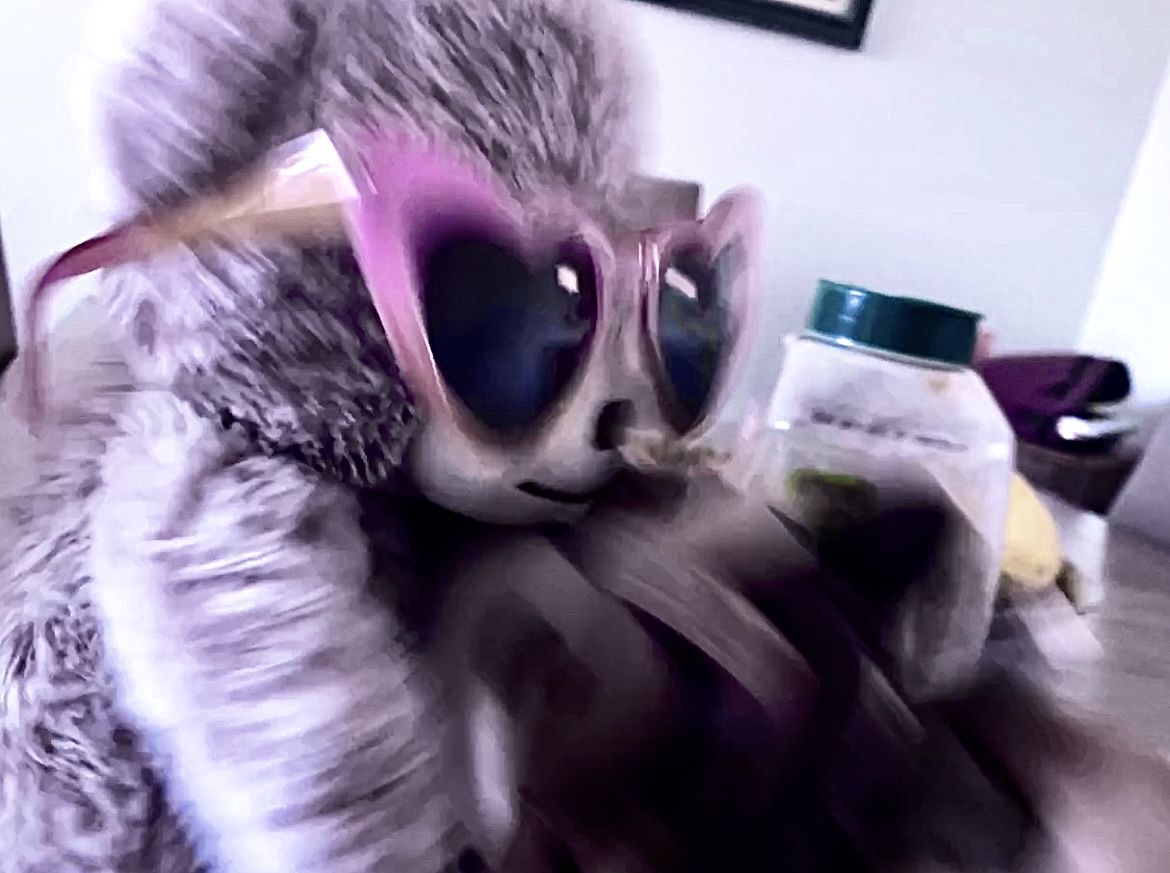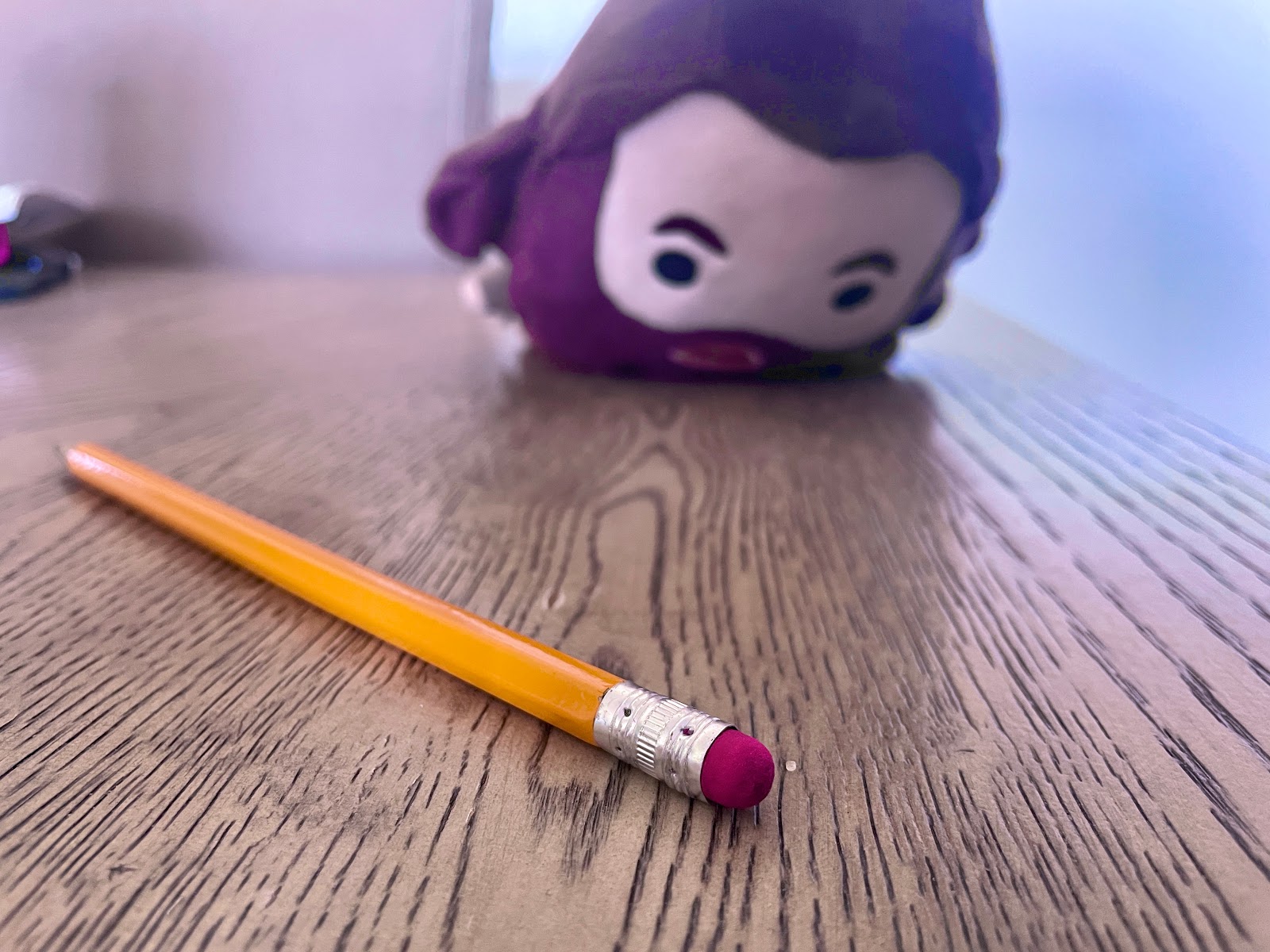Tuesday, October 17, 2023
Depth of Field
Wednesday, October 11, 2023
Media Theory 4: Structuralism
Media Theory 4: Structuralism
Media Theory 3: Genre
Media Theory 3: Genre
Media Theory 2: Narratology
Media Theory 2: Narratology
Media Theory 1: Semiotics
Media Theory 1: Semiotics
Wednesday, October 4, 2023
Angle, Level, Height, Distance
Angle, Level, Height, Distance
Part 1: Existing Media
Part 2: My Photos
Photo of Hagrid at a lower Level than normal Photo of Bear Bear thinking real hard about showing Angle. something, Showing Height.
Photo of Hagrid looking off the vast land, Photo of Bear Bear scarily holding a Sharp showing Distance. "Sharp object", showing Level.
Part 3: Reflection
The photo concepts took a while
too, as it was hard for me to get the jest of what it needed. The Angle
shot I didn't think I did too great on as it looks more like a straight shot
instead of an angled one. Same thing with the distance shot, I could have
pulled the camera down to not show the wall and more of the view.
The Level shot though was a good
shot, and easy to do. the angle and level were easy to find and add the
intensity that it needed. Mixed with my color correction to make an
intense shot. The Height one works as well. It shows how Bear Bear as
they're in focus and them looking up makes it seem like their thoughts are in
the clouds.
Overall, I feel that if I studied
even more on this assignment I could have done better. The reason why I
chose not to go back and change it is because I don't want to hide my losses
and show my progress in learning in this course. You cannot learn if you don't
fail. I will see you guys in the next posts.
Tuesday, October 3, 2023
Balancing Mise en Scène
Balancing Mise en Scène
Part 1: Existing Media
Part 2: My Original Shots
A picture of Bear Bear getting a healthy A picture of a bottle and a Mocha Pot, snack, showing Contrast. showing Color.
A picture of Bear Bear and Gandalf A picture of Gandalf marveling at a huge talking, showing Frontality. bottle, showing Size
Part 3: Reflection
This experience was simple, and not too bad once you understand what you need to capture. Each concept needs it's own, different thing that is specific to it. the Frontality one needed one character to be facing nearer to the camera than the other, as opposed to the Size one, needing the focus to be simply larger. The difficulty of both of them are different too, the size one took some finesse to capture as opposed to the frontality. I had to put the bottle far away from the plushy to make the illusion of size and making it convincing enough to not make it noticeable.
-
Media Theory 4: Structuralism In our fourth round of theories, we tackle Claude Levi-Strauss' theory on structuralism. Our scenes to de...






















